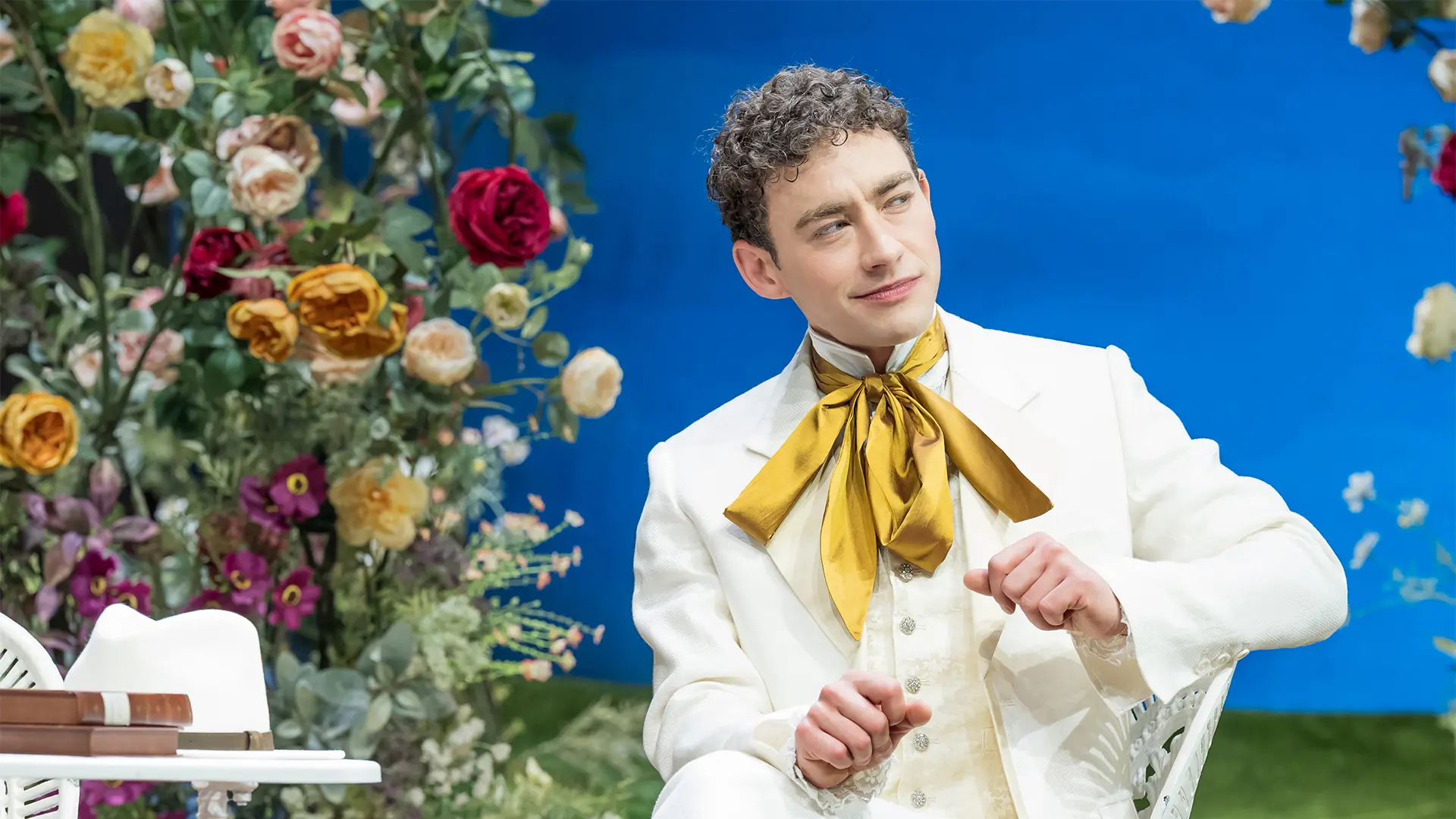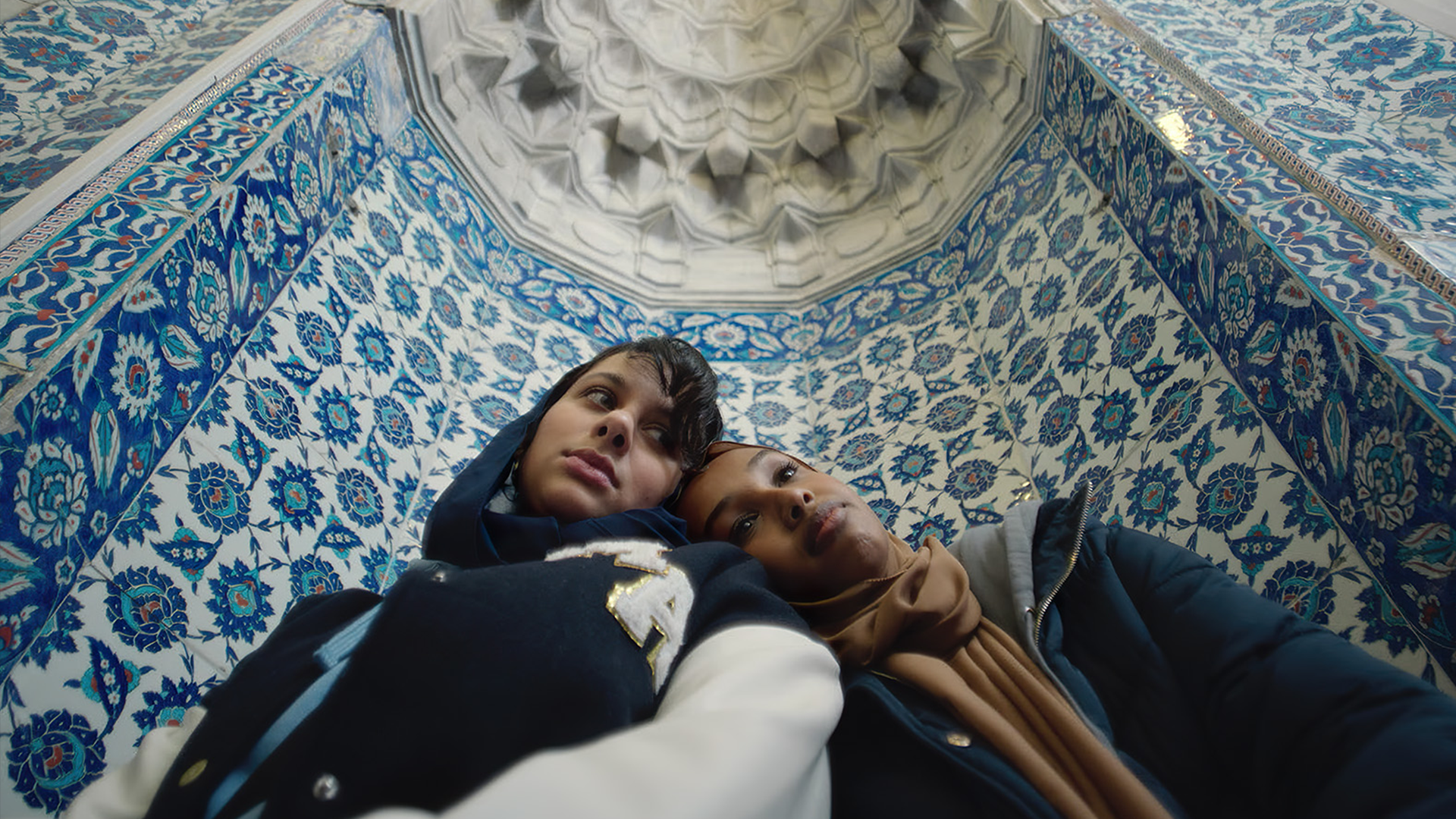The Ice Tower Review — Lucile Hadžihalilović Freezes Obsession and Beauty into a Delicate Fairytale
A visually stunning and haunting tale of obsession and identity, The Ice Tower turns the magic of cinema into a shimmering, dangerous dream.
The Ice Tower Review — Lucile Hadžihalilović Freezes Obsession and Beauty into a Delicate Fairytale

There is a special kind of cold in Lucile Hadžihalilović’s cinema. Not the cold that bites your skin, but the quiet kind that slows your breath and sharpens your eyes. The Ice Tower lives in that space. It is a fairytale set on a film set. A story about looking, and about the danger of being looked at.
Jeanne is fifteen. She runs away from a mountain orphanage and follows the glow of a small city below. She carries almost nothing with her: a red coat, a few beads, a book she knows by heart. She slips into a studio to sleep and wakes under a fall of artificial snow. Here, they are shooting The Snow Queen. Here, she meets Cristina.

Cristina, played by Marion Cotillard, is the kind of star who changes the temperature of a room. Fur, crystals, soft light, a face that looks carved for the camera. She is imperious and tired at the same time. Jeanne watches her the way one watches a storm on the horizon. At first from cracks in the wall. Then from closer. She steals a name, “Bianca,” and a place in the crowd. Step by step, the border between life and the film loosens. The girl who reads the fairy tale walks into it.
Hadžihalilović builds this like a trance. Dialogue is sparse. Meaning is in gestures, in light across glass, in the sound of skates scraping ice or a crow’s wing beating the air between takes. Jonathan Ricquebourg’s camera finds beauty in surfaces, frost, mirrors, the gleam of a beaded gown, but also in the plain browns and oranges of the seventies interiors. The production design shrinks the outside world into small stages and miniatures. Rooms become little dioramas where people move like figures in a snow globe. It is precise and seductive. It is also intentionally slow.
The relationship at the centre is a mirror that keeps shifting. Jeanne looks at Cristina and sees a mother, a queen, a door into a different life. Cristina looks at Jeanne and sees a younger self, a fresh surface, a promise she does not fully understand. The film lets that look turn and turn until it becomes something dangerous. There is warmth and tenderness for a moment, power and humiliation a moment later. A small kindness is followed by a cruel withdrawal. Cristina’s “come with me” sounds like rescue and then like an abyss. The film does not explain. It lets you sit with the confusion the way Jeanne does.
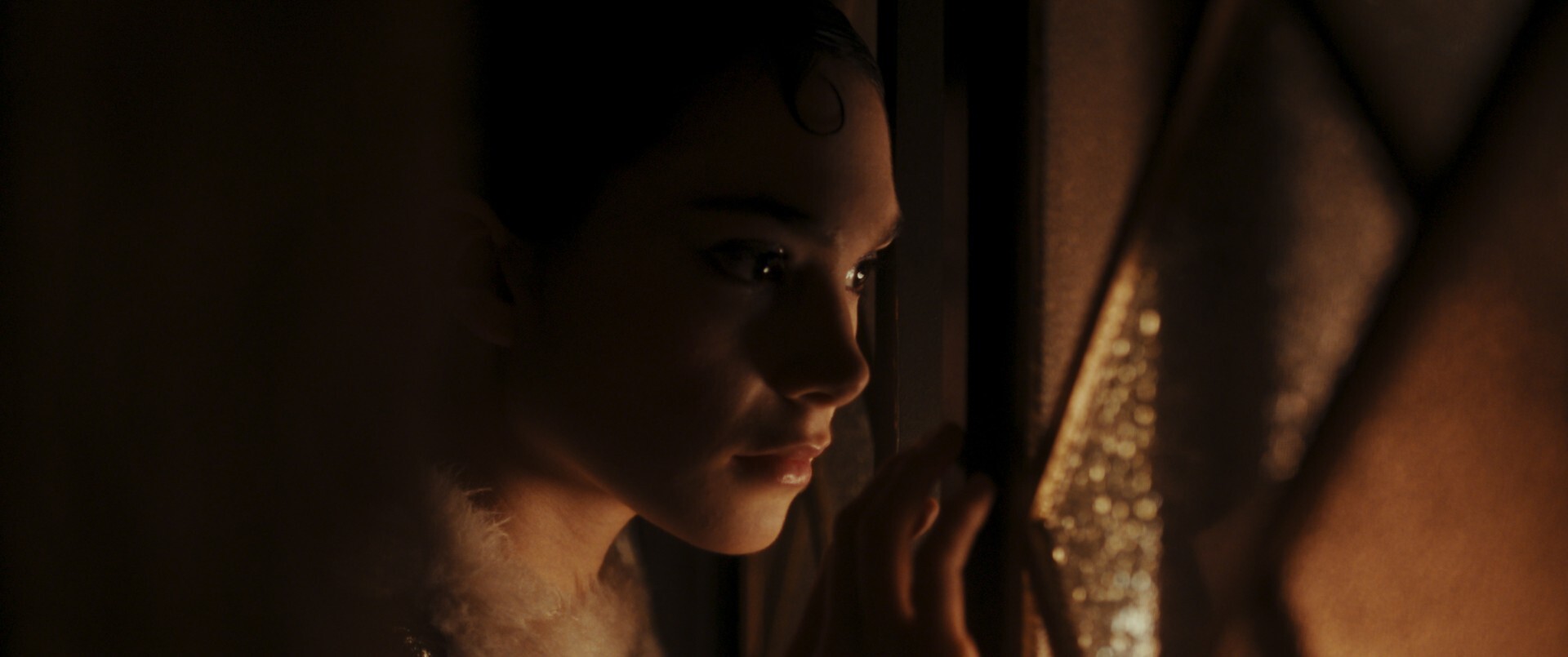
Clara Pacini is the quiet engine of all this. She plays Jeanne with open eyes, but she never makes the character simple. Jeanne is naive, yes, but not foolish. She knows how to read danger on a road at night. She knows how to take an opportunity when it appears. You see her thinking in silence. Pacini’s restraint keeps the fantasy anchored. Cotillard, meanwhile, gives one of her most controlled performances. She radiates control even when we glimpse the cost of it. The glamour is a shield, and the shield is thin.
Music and sound lean into the spell. Electronic textures hum and shimmer. The rink’s pop song echoes in Jeanne’s memory. Long passages where image and sound do the work let the story breathe without words. When the film clicks, it is because all these parts, image, object, movement, silence, line up. You feel cinema described as a kind of magic and a kind of trap.
There are limits. The running time stretches the thread of the plot. The second act repeats its trance a few times too many. There is a point where the film seems content to hold us in its beautiful aquarium and watch us drift. That choice will delight some and lose others. I found myself wishing for one or two sharper turns, not for bigger drama but for a clearer sense of risk. The danger is there, a cliff edge, a doctor’s syringe, a locked dressing room, but the film often prefers the aftertaste to the bite.
Still, the ideas stay with you. How we make an idol out of a person and then try to live in that reflection. How art can open a door and also replace the room behind it. How a child’s fairytale becomes an adult’s fable about power. There is also a thread about work, what a set does to people, how a star’s needs bend a crew, how a young extra learns the rules of a world that speaks in looks and pauses. It is not a backstage drama in the usual sense. It is an x-ray of the atmosphere.
There are images I will not forget. Jeanne peering at Cristina through a crystal she has stolen, the world breaking into shards of light. Cristina watching dailies, her own face flickering across her face. A crow refusing to hit its mark and forcing everyone to wait while the cold sinks deeper. Jeanne and Cristina at the edge of a drop, the promise of escape sounding sweet and wrong. These moments are why the film works even when the narrative thins. They are the cinema this director is interested in, sensual, ambiguous, slightly cruel.

In the end, The Ice Tower is exactly what its title suggests, crafted, gleaming, cold. You can admire the craft from outside, or step inside and feel the air tighten in your lungs. It is not a film you solve. It is a spell you either accept or resist. I accepted it often enough to be moved, even if I sometimes wished for a stronger pulse beneath the ice.

Get weekly updates
*We’ll never share your details.
.png)
Join Our Newsletter
Get a weekly selection of curated articles from our editorial team.

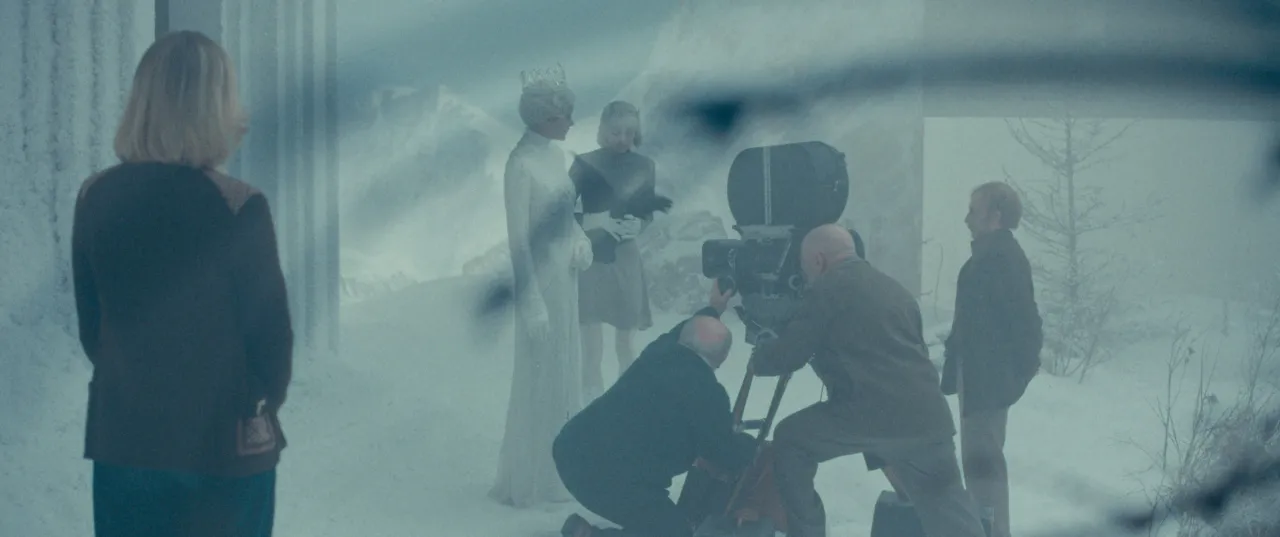
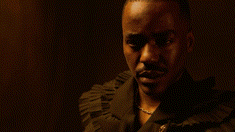
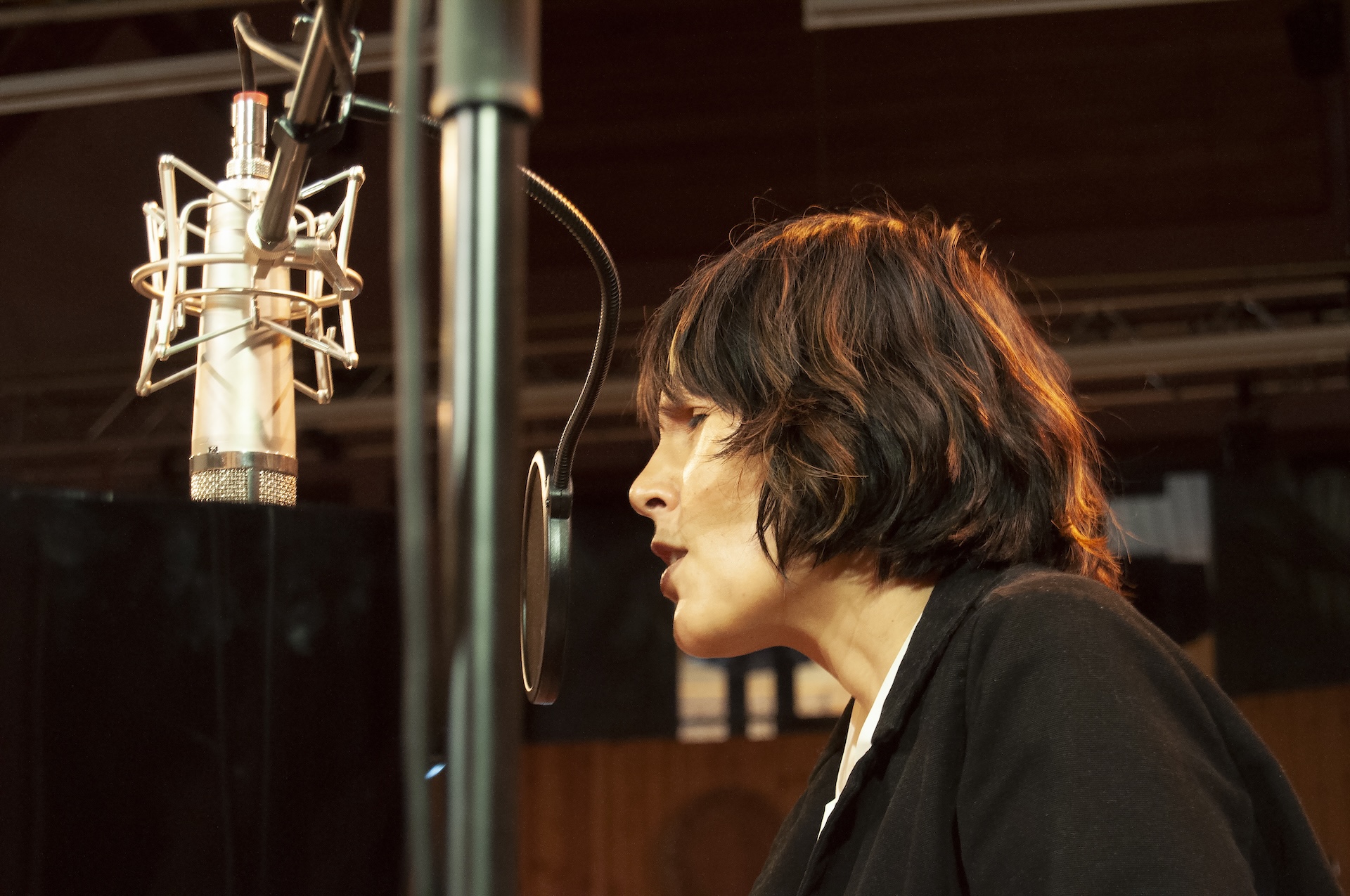
.svg)



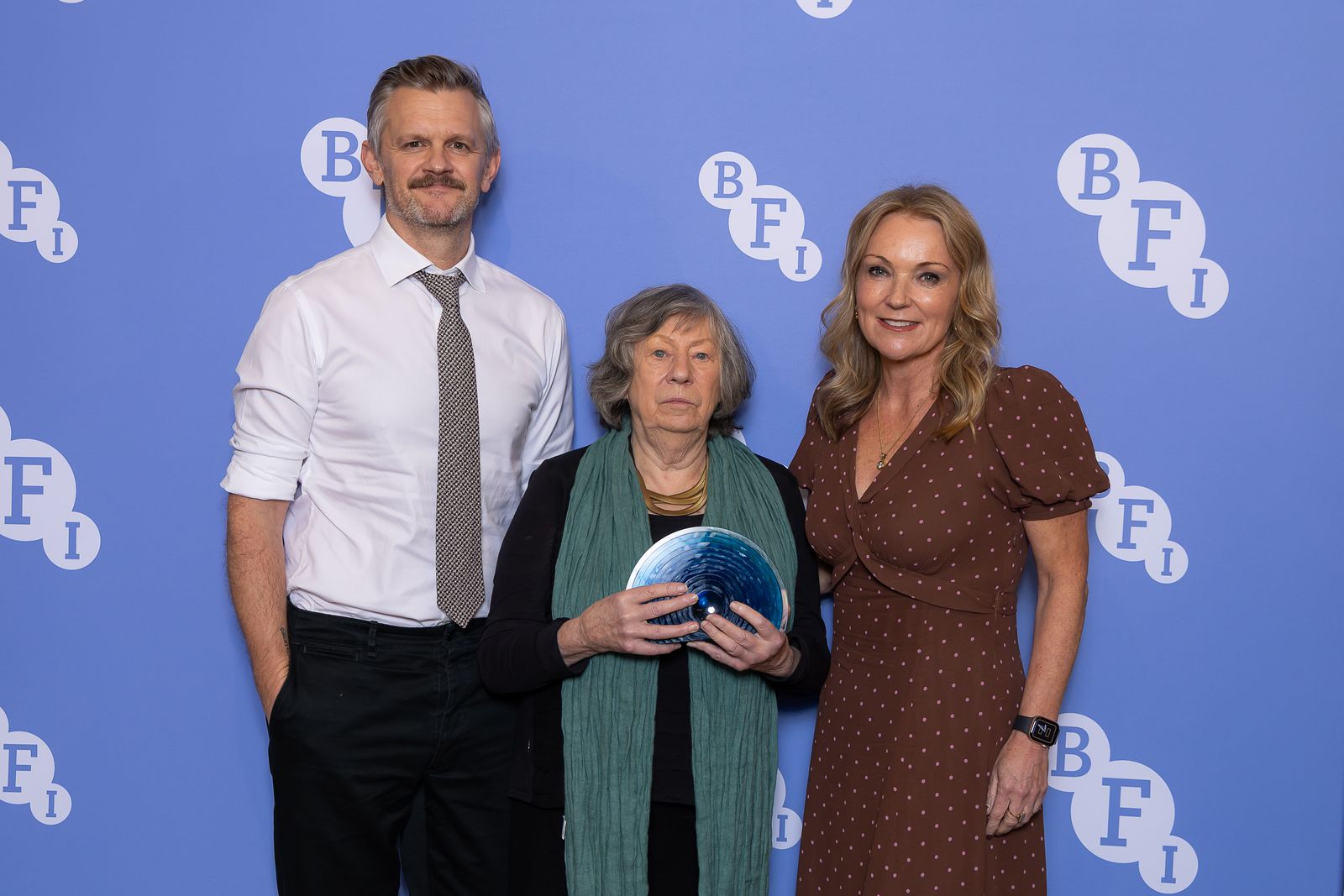
.webp)
